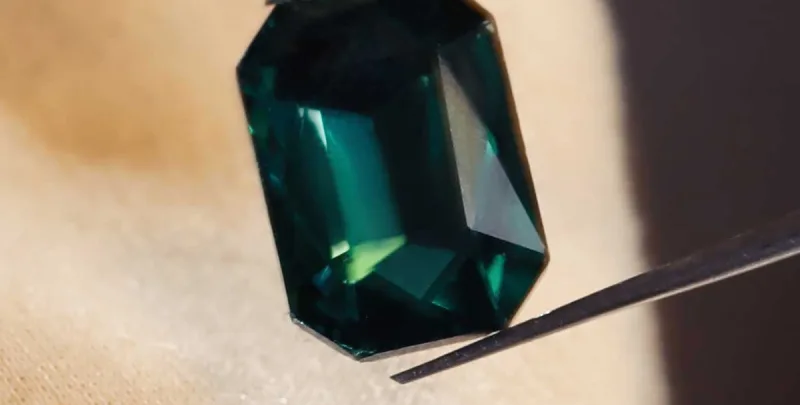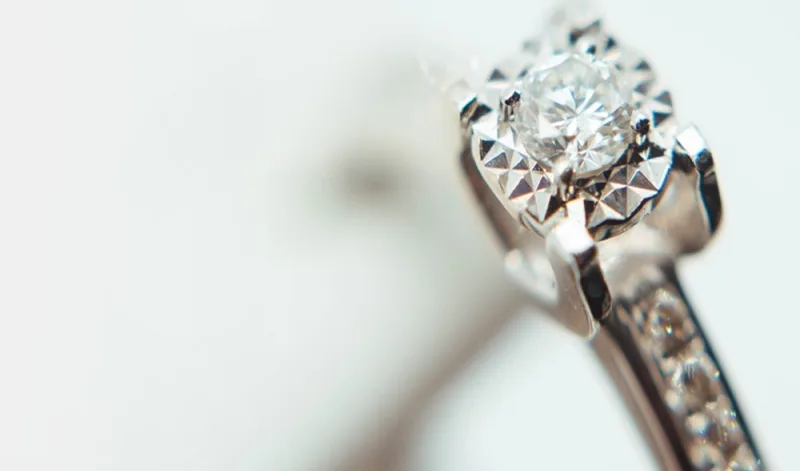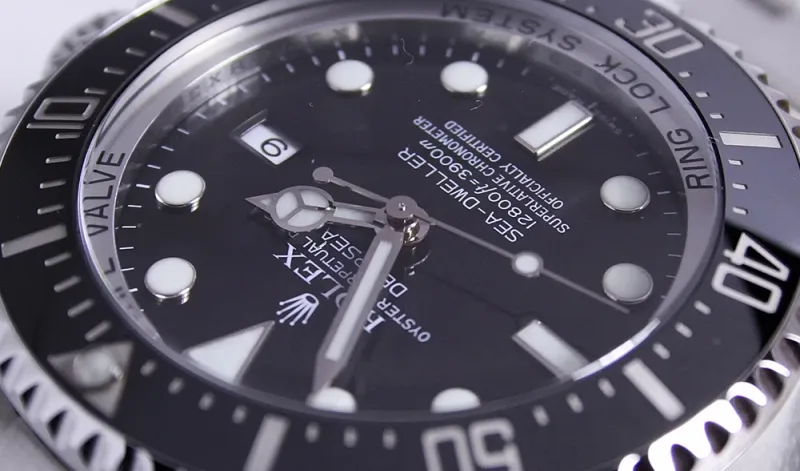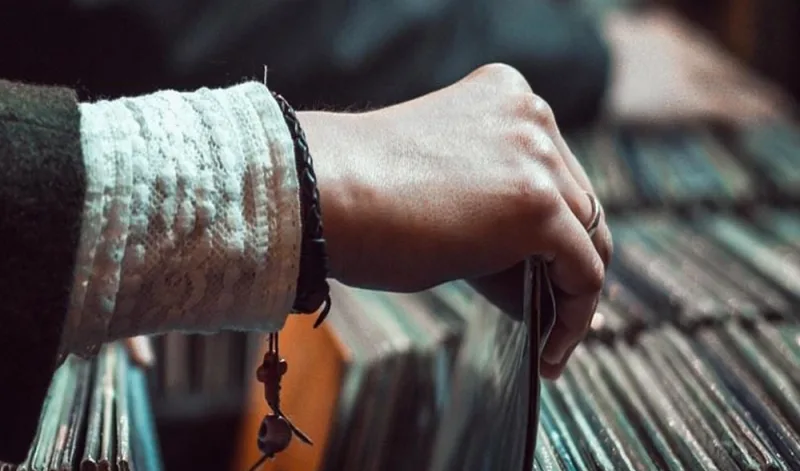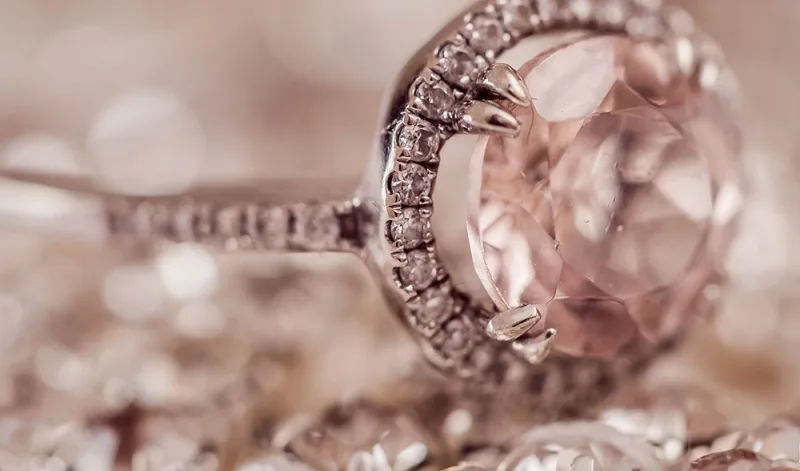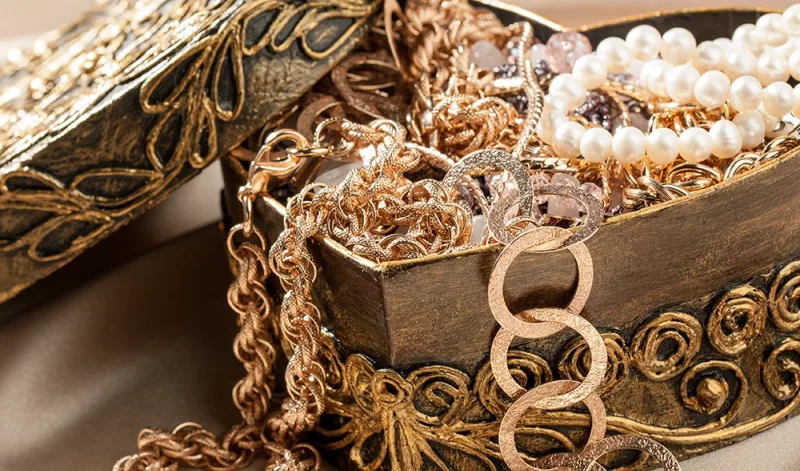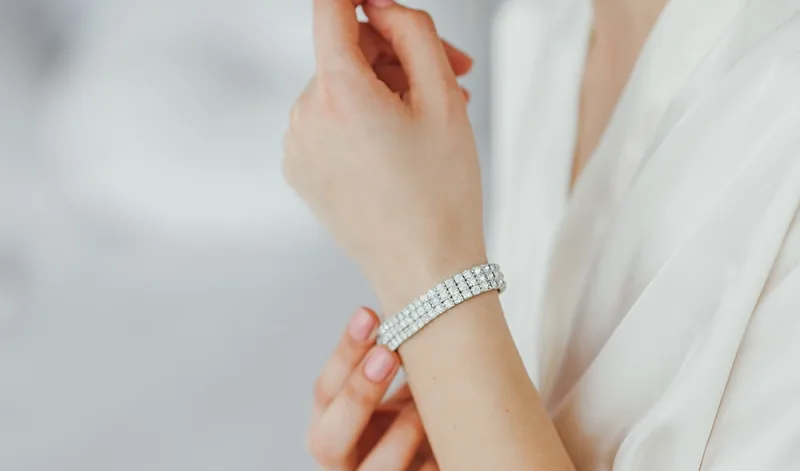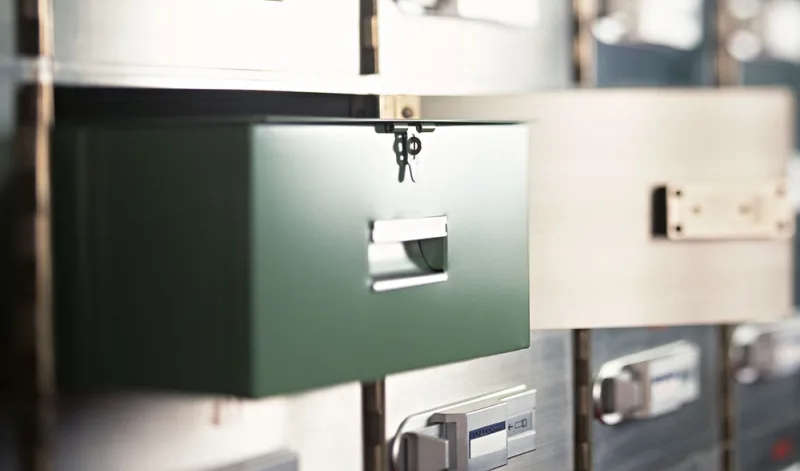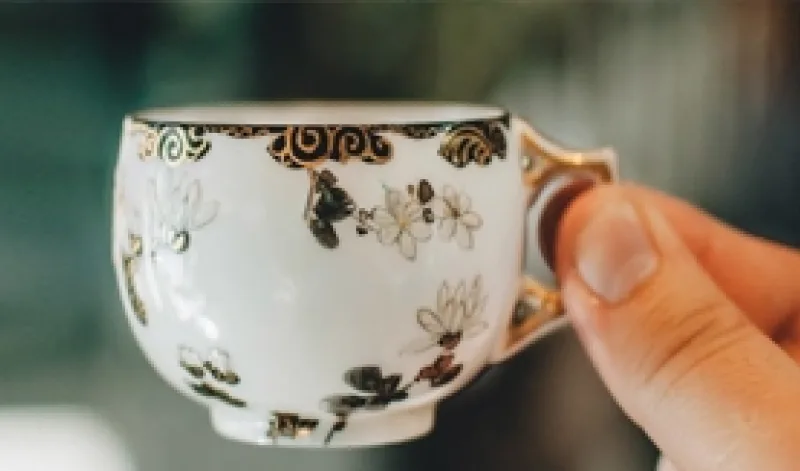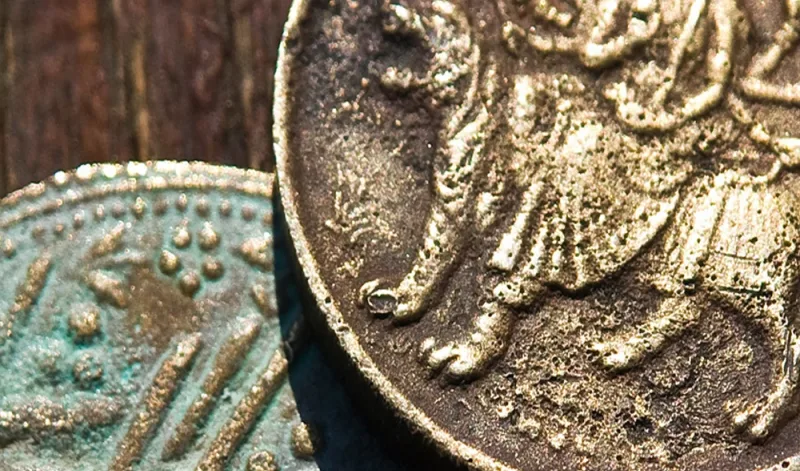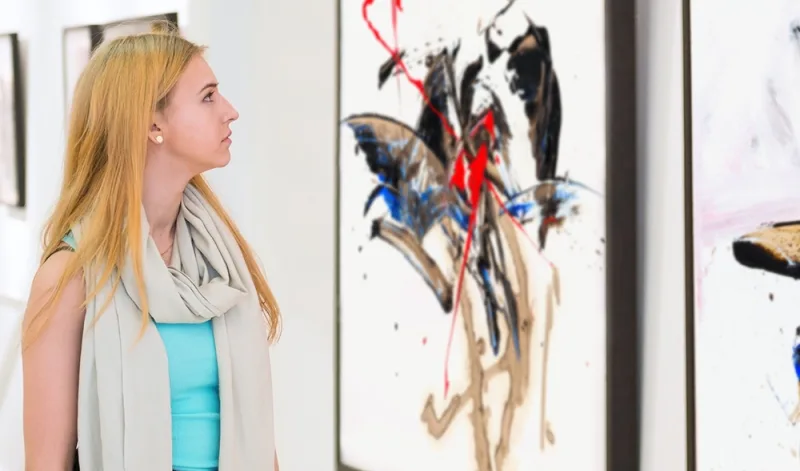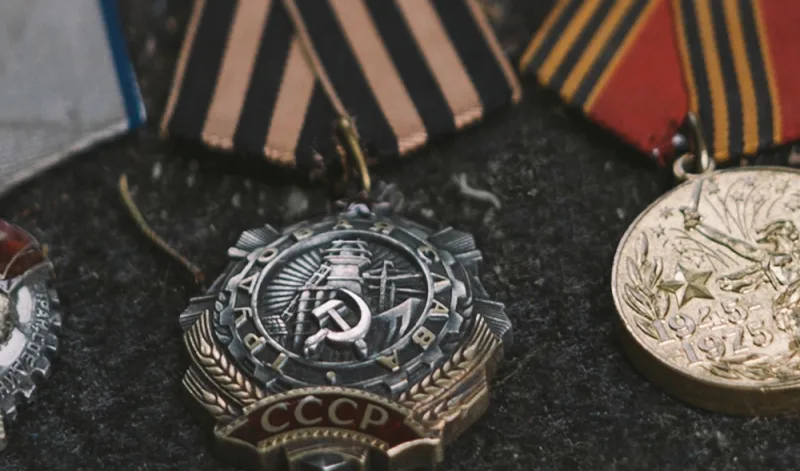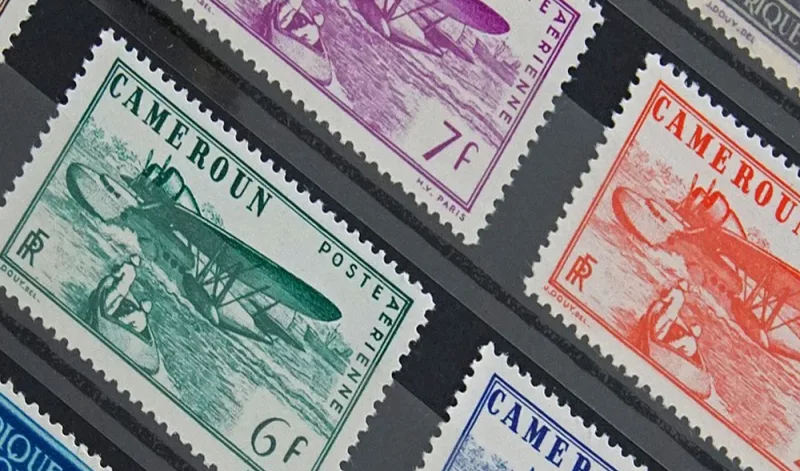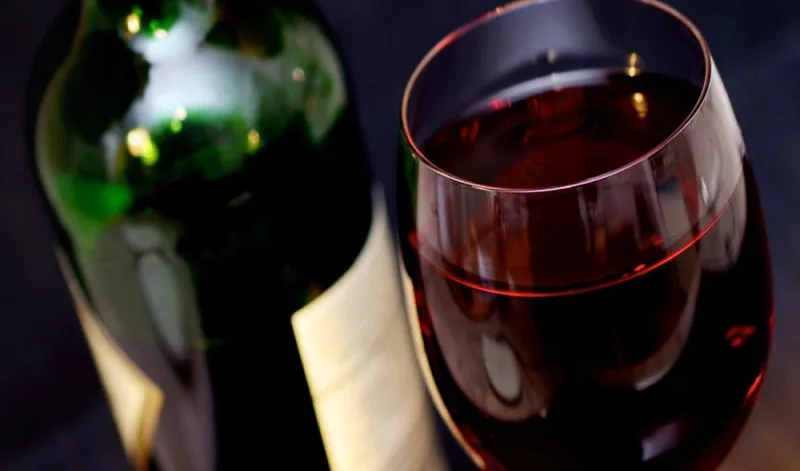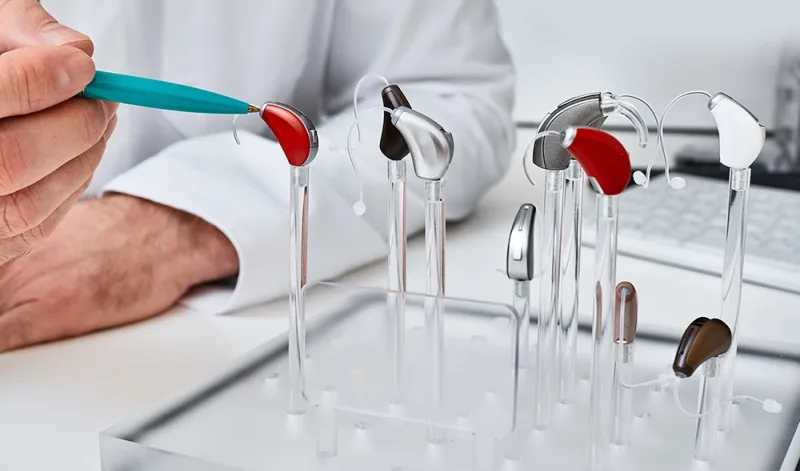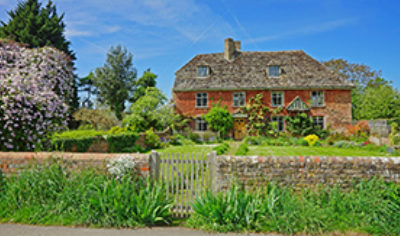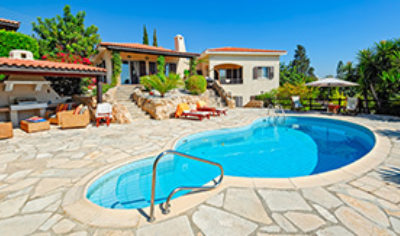What is the difference
When choosing a diamond ring or any piece of jewellery, the type of gemstone you decide upon plays an important role. You’ve probably heard the terms precious stones and semi-precious stones, but what do they actually mean? What are the differences between precious and semi-precious gemstones? And does it really matter?
Here we discuss the two types of gemstones and list some common ones in each category hopefully helping you make a confident and informed decision when buying your next ring or custom jewellery piece.
What are gemstones?
Gemstones are pieces of mineral crystal that are cut and polished for decorative use most often in jewellery. Some rocks for example lapis lazuli, opal, and obsidian and certain organic materials such as amber, jet, and pearl, are also commonly used in jewellery and are often classified as gemstones, even though they are not minerals.
Whatever their characteristics, gemstones are known for their different colours, their durability, rarity, and beauty.
While some gemstones are recognisable (for example, diamonds or sapphires), others are less well-known but are just as equally appealing.
What is the difference between precious and semi-precious stones?
Gemstones are traditionally grouped into two categories:
- Precious stones: these are rarer, more historically significant gems, such as diamonds and emeralds. These tend to be more coveted and expensive
- Semi-precious stones: beautiful and varied, these semi-precious stones are generally more common, for example peridot and tourmaline. While semi-precious stones are not as rare as their precious counterparts, they can still be highly valuable and desirable, especially when they exhibit exceptional colour, clarity, or size.
What are examples of precious stones?
It is generally accepted that there are four precious gemstones:
- Diamond – renowned for their durability and sparkle. Ranking10 on the Mohs hardness scale (meaning they are as hard as you can get), diamonds can be ideal for engagement rings and daily wear. They're formed from carbon under intense heat and pressure
- Sapphire - a rich, deep shade of blue that’s both elegant and timeless. Often described as velvety or royal, it captures the essence of sophistication with a subtle hint of mystery. Sapphires also come in many other colours (except red). They are part of the corundum family and are extremely durable second only to diamonds
- Ruby - deep red stones and like, sapphires, are part of the corundum family, known for their fiery colour and symbolic meaning of passion and strength. The most sought-after rubies have a vivid hue known as “pigeon blood red”
- Emeralds - lush green gems from the beryl family. They are slightly softer than other precious stones and often contain inclusions (natural features or imperfections found inside a gemstone), which are accepted as part of their character. Inclusions should not be seen as a flaw and can even enhance the stone's character or beauty, giving each its own unique fingerprint.
All other gemstones are typically considered semi-precious. But as we mentioned above, that doesn’t mean they aren’t still highly valued depending on their colour, size and origin – and other factors too, which we’ll go in to more detail later.
What are examples of semi-precious gemstones?
Semi-precious gemstones encompass a wide variety of beautiful and colourful stones commonly used in jewellery. Estimates say that there are over 300 varieties to choose from[sh1] ! Some popular examples include:
- Aquamarine – a soft, serene blue stone from the same family as emerald, evoking ocean vibes
- Citrine – a warm golden-yellow quartz that brings to mind sunshine and abundance
- Lapis lazuli – a striking deep blue gem treasured since ancient times for its intense colour and history
- Moonstone – loved for its dreamy, pearly glow known as ‘adularescence’.
- Onyx – typically black and sleek, perfect for bold, contemporary designs
- Topaz – comes in a variety of colours, with blue and golden topaz being firm favourites
- Tourmaline – incredibly versatile, this gem can appear in almost every colour even multicoloured
- Zircon – often confused with diamond, zircon can be colourless or show shades of blue, yellow, or red.
You may recognise the names of some of these semi-precious stones as being birthstones.
What are birthstones?
Birthstones are gemstones that are traditionally associated with each month of the year.
Each stone is believed to hold special meaning and bring good luck, protection, or specific qualities to people born in its corresponding month.
Can precious and semi-precious stones be birthstones?
Yes, both precious and semi-precious stones can be birthstones. The birthstone list includes a mix of both types of gemstones, based on historical, cultural, and symbolic associations rather than gemstone classification alone.
For example:
- Precious birthstones include diamond (April), emerald (May), ruby (July), and sapphire (September)
- Semi-precious birthstones include amethyst (February), peridot (August), citrine (November), and turquoise (December).
This blend allows for a wide variety of colours, price ranges, and personal meanings.
Whether precious or semi-precious, each birthstone has its own unique beauty and symbolism.
Examples of symbolism in precious gemstones
Both semi-precious and precious stones have been linked to symbolism for centuries. Beyond their rarity and beauty, each gem is believed to carry its own unique qualities. For example:
- Diamonds symbolise love, strength, and commitment, which is why they’re the traditional choice for engagement rings
- Emeralds are associated with renewal, peace and security
- Rubies symbolise passion, power and vitality
- Sapphires are associated with truth, health and protection.
Symbolism in semi-precious gemstones
Semi-precious stones may not carry the same high value as diamonds, emeralds, rubies, or sapphires, but, just like their precious counterparts, they’re rich in meaning, beauty, and personal significance. For example, amethyst is thought to promote happiness, fidelity, sincerity and wealth while peridot is said to bring good luck, positivity and stability.
Is a precious stone always more valuable?
Not always. While precious stones often fetch higher prices due to their rarity and desirability, value isn’t defined by category alone. In fact, a high-quality semi-precious stone can be more valuable than a low-quality or poorly cut precious gem.
Several factors typically may influence a gemstone’s value - the “Four Cs”, the gemstone’s rarity and, hardness.
- Colour intensity: The richer and more vibrant the colour, the more valuable the gem tends to be. As an example, a deep purple amethyst is usually worth more than a pale one.
- Clarity: Gemstones with fewer marks or inclusions are more desirable. The clearer the stone, the more light it reflects - adding to its sparkle and brilliance.
- Cut: A good cut brings a gem to life, making it shine and catch the eye. Even a rare stone can lose value if it’s poorly cut.
- Carat weight: Bigger stones are generally more valuable because they’re harder to find, but size isn’t everything quality still plays a big role.
- Rarity: Some gems, like paraíba tourmaline or alexandrite, are incredibly rare. Even though they’re classed as semi-precious, their scarcity can make them more expensive than some precious stones.
- Hardness: This tells you how scratch resistant a gem is, measured on the Mohs Scale. Diamonds are the hardest at 10, followed by sapphires and rubies at 9, making them great for everyday wear. Softer stones like fluorite or calcite (which rank 3–4) can scratch easily and lose their shine over time, which affects their value.
A well-chosen stone, regardless of its category, can be both stunning and valuable. The most important thing is what it means to you.
Are lab-grown diamonds still precious stones?
Lab-grown diamonds are still considered precious stones because they have the same chemical makeup and sparkle as natural diamonds. The only real difference is how they're made lab-grown diamonds are created in a lab rather than mined from the earth. They’re just as beautiful and durable, and often more affordable too. You can read more here: Lab-grown diamonds vs. mined diamonds.
Choosing the perfect gemstone stone for your ring
Understanding gemstone classification helps guide your decision, especially if you're purchasing something meaningful like a diamond ring for an engagement, a wedding ring, or a milestone gift such as an eternity ring.
Precious stones may be ideal for investment pieces and heirloom jewellery while semi-precious stones may be more suitable for artistic, colourful, and (often) budget-friendly designs.
Whether you're planning to design a bespoke diamond ring or choosing a standout cocktail ring, your stone choice should reflect:
- Your lifestyle
- Your budget
- Your taste in colour and symbolism
- The occasion (engagement, anniversary, everyday wear, etc.)
Things to consider:
- Diamonds and sapphires are generally best for daily wear due to their hardness
- Choosing birthstones or coloured gems can add to its personal meaning
- Larger, vibrant semi-precious stones can make bold, eye-catching statements.
The terms precious and semi-precious might sound like one is better than the other, but both types include beautiful, valuable, and meaningful gemstones.
Whether you're drawn to a classic diamond ring or something a little different like tourmaline or aquamarine, knowing the difference can help you make a choice that feels right for you - and shop with more confidence.
Peace of mind with ring insurance
And, finally, don’t forget your diamond ring insurance!
Ring insurance provides financial protection and peace of mind in case your cherished jewellery is lost, stolen, or damaged. Whether you own a classic diamond ring, a vintage heirloom, or a piece featuring precious or semi-precious gemstones, specialist diamond ring insurance ensures your valuable items are properly covered
